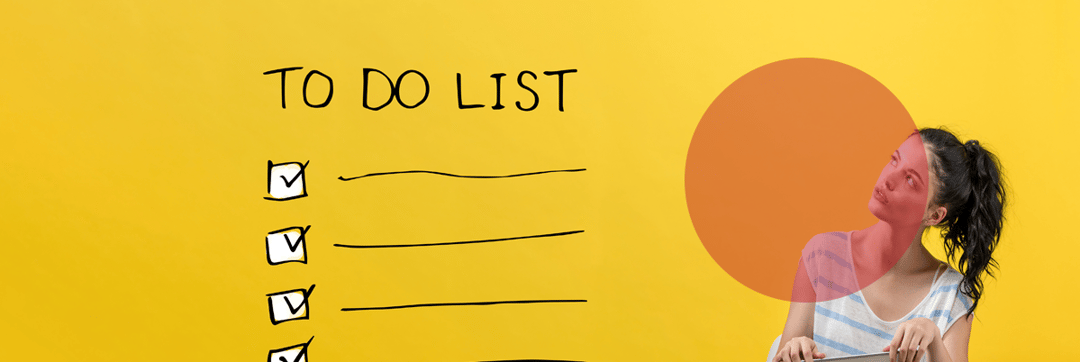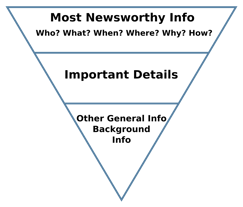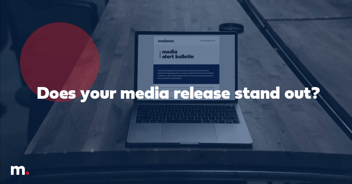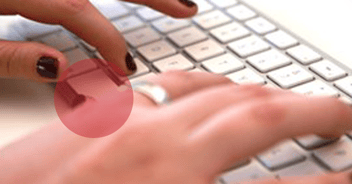10 key elements to check before hitting “send” on your media release

Everyone knows that sinking feeling you get in your stomach after sending a big email and realising you’ve made a mistake or forgotten a crucial detail.
When you hit send on your media release, we want you to have 100% peace of mind that your release is fully prepared for maximum impact.
Here is a list of all the key elements to double-check before you hit send:
-
The five Ws: Does your release include all these key details: Who, What, When, Where, Why and (bonus) How?
-
Length: Is your release too long or too short? Press releases are normally around 600 words, but there’s no need for them to meet that quota. Your release should only include necessary information, and you can even condense some of this into bullet points. Remember, journalists work to tight deadlines and don’t want to waste time either sorting through irrelevant information or chasing down crucial details that you forgot to include in your media release.

-
Structure: Make sure the most important details are included in your headline and opening sentence. Your media release should follow the inverted pyramid structure, where the most important elements can be read first with less crucial details at the bottom.
Tip: reading your media release out loud may help you identify any issues with flow.
-
Language: Try to be clear and concise with your language usage, and avoid unnecessary jargon. Use active voice wherever possible to maintain energy in your press release.
-
Spelling and grammar: Now that you’re confident your content is ready, do a quick spelling and grammar check. Here are some things to look out for that spellcheck might not pick up on:
-
Make sure your spell check is set to Australian English.
-
Make sure you have used the right contractions, and correct there, their, or they’re, affect or effect, and then or than.
-
Have you capitalised all the appropriate words? Headlines should only use a capital on the first word, aside from proper nouns. Double-check any organisations/companies etc. to find out whether ‘The’ is included in their title e.g. The Age newspaper vs the Herald Sun newspaper.
-
Double-check spellings on all names and places.
-
Stay consistent with the tense that you’re using.
Tip: Reading your release backwards (from end to beginning) can help you pick up on any mistakes that your brain may have skipped over.
-
-
Stats and numbers: Make sure these are all written out correctly. One tiny typo could change the whole meaning of your press release.
-
Links and URLS: Check you have included the necessary links and URLs, and these lead to the correct sites.
-
Attachments: Have you included all the required attachments to your media release? These may include images, reports, infographics etc.
-
Images: Check that any images included are high resolution and captioned, and the photographer is credited.
-
Contact information: Don’t forget to provide a name, phone number and email address for someone the media can contact for more information, and check there are no typos. Make sure your spokesperson is also available so a journalist can quickly arrange an interview if necessary.
Now you’ve been through this checklist, rest assured that your media release is ready for publication! Use a press release distribution service to get your story straight to the inboxes of all the right journalists and newsrooms.
Still need help getting your story told by Australian media? Book a consultation to ensure you're targeting the right media outlets for your story.




